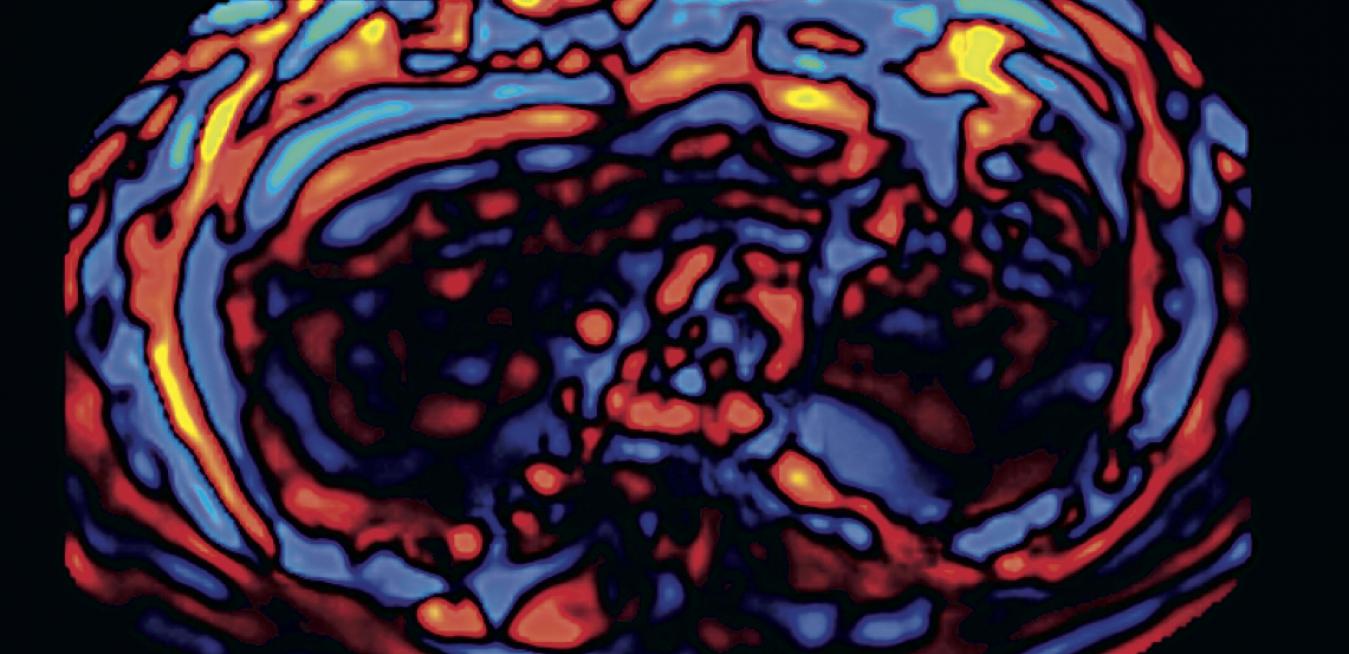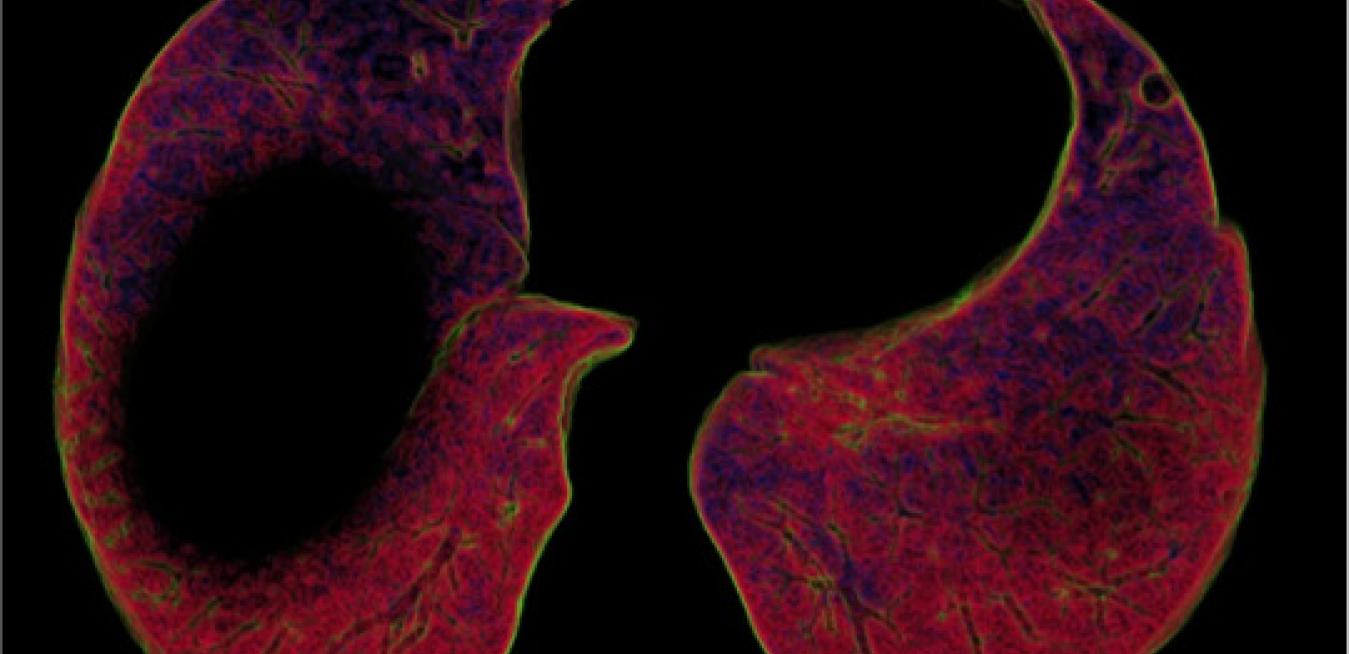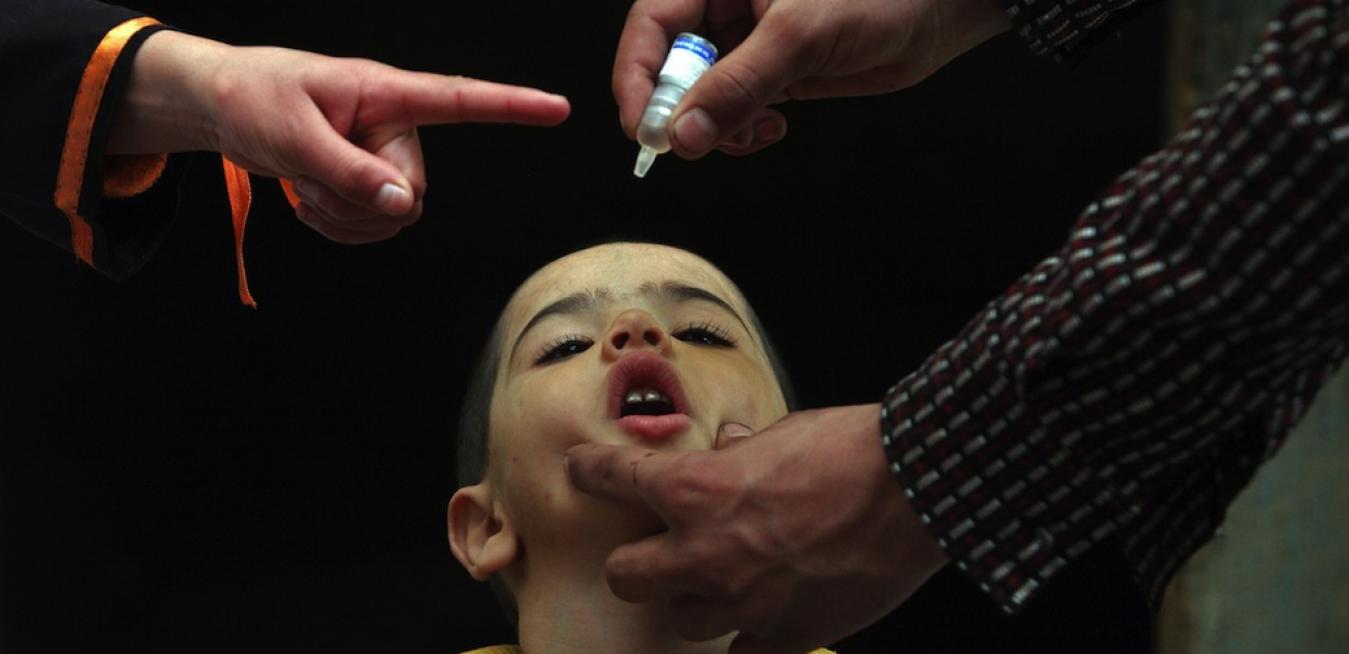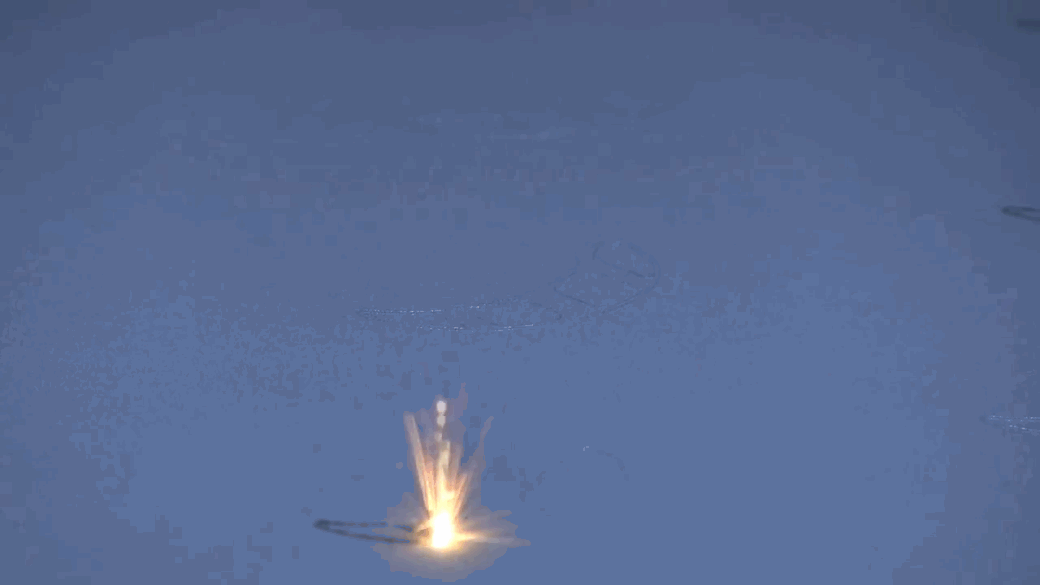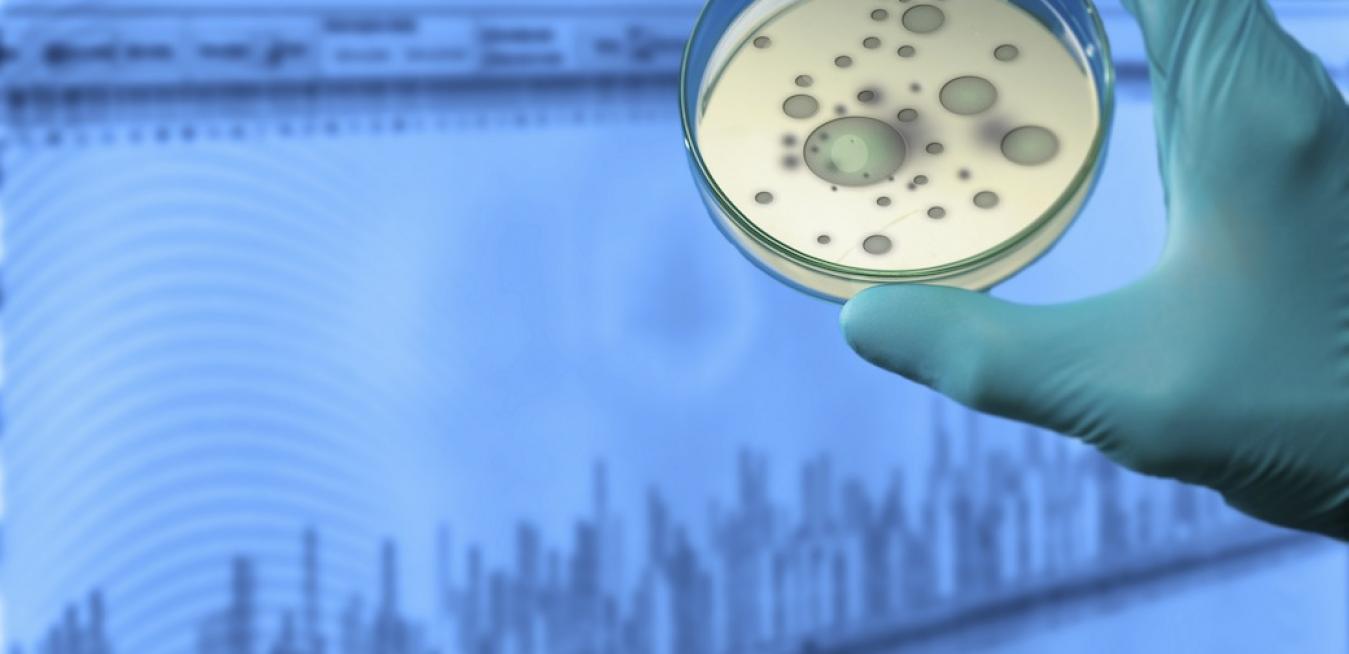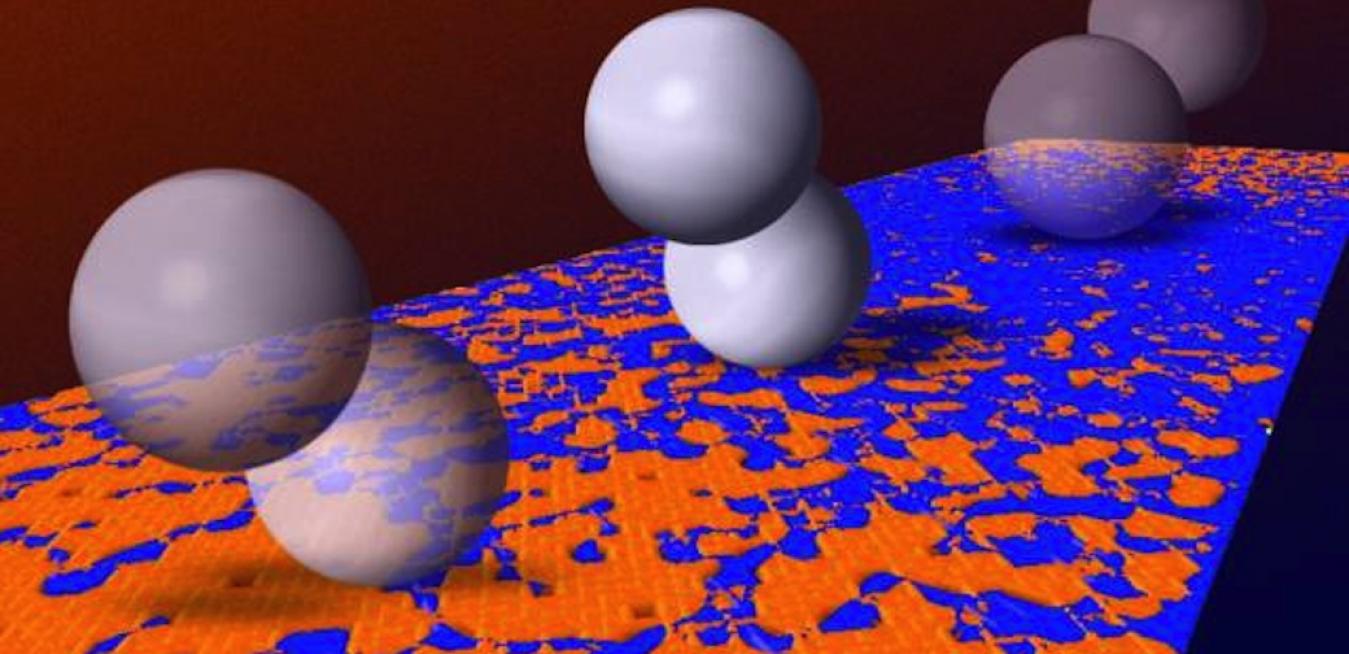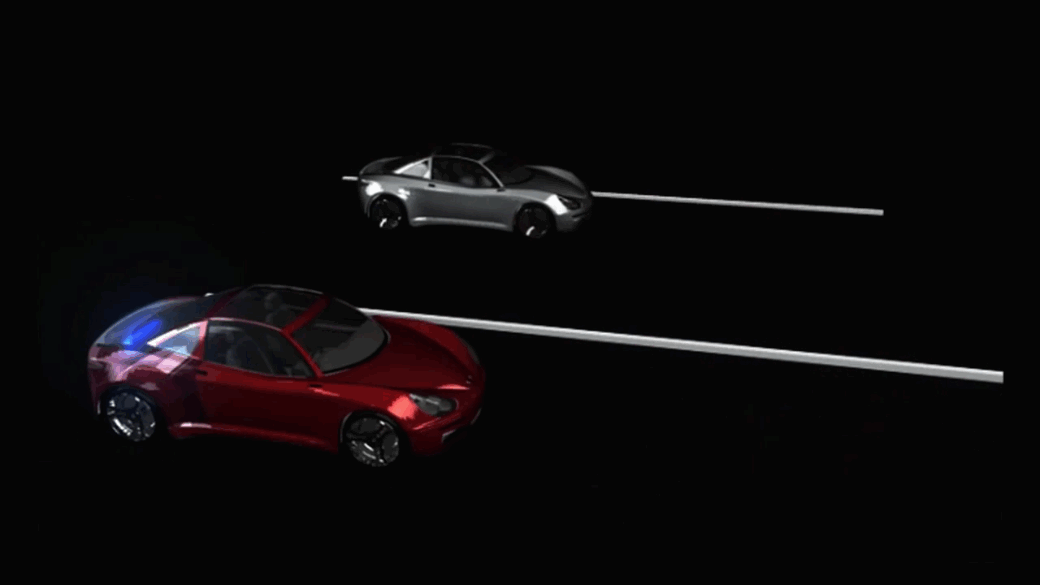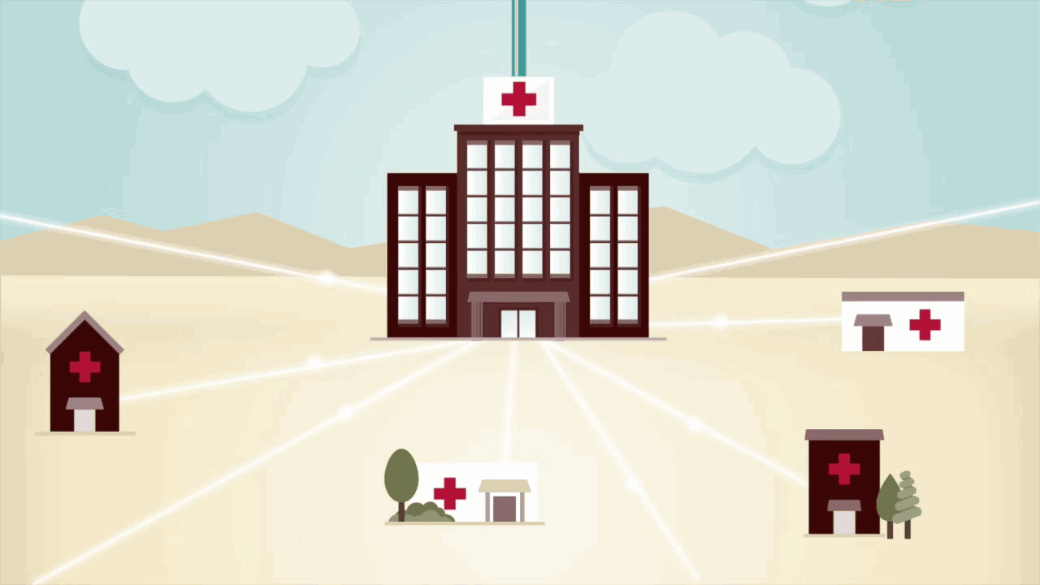Every year, doctors order as many as 40 million medical imaging scans that require a radioactive isotope called technetium-99m (Tc-99m). The scans help them diagnose cancer, heart disease and other serious maladies.
How to print blood vessels. And apartment buildings
A wedding ring holding a piece of moon rock. Hydroponic garden structures tailored to any shape desired. Jet engine fuel nozzles. An Aston Martin template: These are but a few examples on the growing roster of 3D-printed structures that steadily made tech headlines over the past 18 months.Technology could provide a way to deliver probes or drugs to cell structures without outside guidance.
Nature has developed a wide variety of methods for guiding particular cells, enzymes, and molecules to specific structures inside the body: White blood cells can find their way to the site of an infection, while scar-forming cells migrate to the site of a wound. But finding ways of guiding artificial materials within the body has proven more difficult.This need is particularly acute when treating poor and underserved populations. But a new tool that leverages technology to link specialists with primary care providers is making big inroads, with the hope of reaching 1 billion people by 2025.
